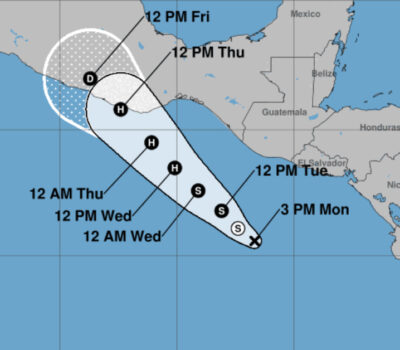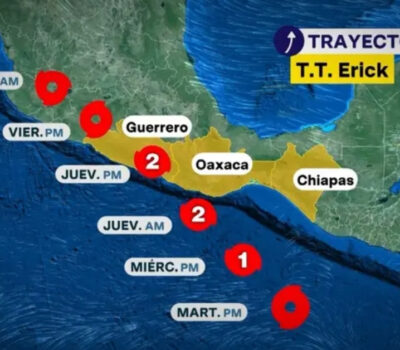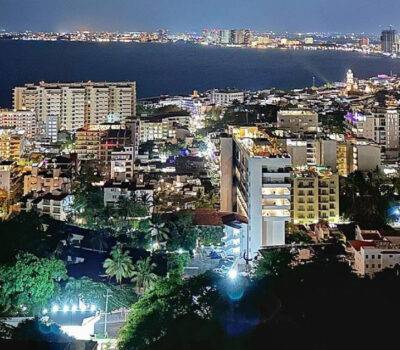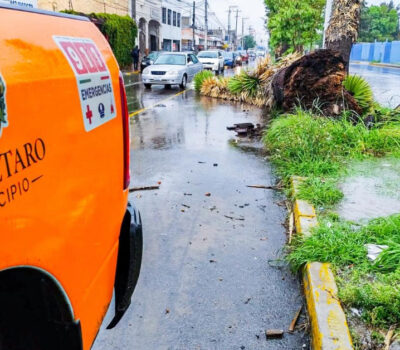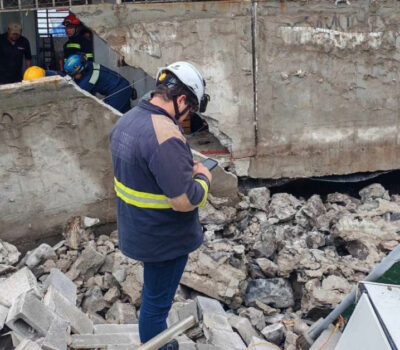
Alternative and Complementary Medicine
In Mexico, alternative and complementary medicine is a significant part of the healthcare landscape, blending traditional healing practices with modern approaches to health and wellness. Many people in Mexico, both locals and expats, turn to these practices as a holistic complement to conventional medicine, seeking out natural and culturally rooted methods to address various health concerns.
Herbal medicine is widely used in Mexico and is rooted in centuries-old Indigenous practices. Traditional healers, known as curanderos or herbalistas, rely on natural plants, herbs, and other organic materials to treat ailments ranging from digestive issues to stress and anxiety. Remedies like teas, tinctures, and poultices are common and often use ingredients native to Mexico, such as chamomile, epazote, and aloe vera. Expats interested in herbal medicine can find these herbs at local markets or herbal shops, which are common in towns and cities across the country. These plants are valued for their medicinal properties and have been studied for their effectiveness in traditional Mexican medicine.
Temazcal, a traditional Mexican sweat lodge ceremony, is another popular practice. Originating from Indigenous healing traditions, the temazcal experience involves sitting in a small, dome-shaped structure filled with steam created by heated stones and medicinal herbs. The practice is believed to cleanse the body of toxins, relax the mind, and promote physical and emotional healing. Temazcal ceremonies are led by experienced practitioners who guide participants through a journey of purification and relaxation. In addition to its physical benefits, temazcal is often seen as a spiritual experience that can aid in emotional well-being. Many wellness centers, spas, and traditional healing retreats in Mexico offer temazcal sessions, allowing expats to experience this culturally rich practice.
Acupuncture and other forms of Traditional Chinese Medicine (TCM) are also widely practiced in Mexico. With the increase of interest in alternative health, many clinics now offer acupuncture as a way to relieve pain, manage stress, and improve overall health. Expats in Mexico City, Guadalajara, and other urban centers can find licensed practitioners who specialize in TCM, which may include techniques like cupping, moxibustion, and herbal medicine. These methods are commonly used to treat chronic pain, digestive disorders, and emotional stress, offering an alternative to conventional treatments.
Homeopathy is another widely accepted form of complementary medicine in Mexico. Homeopathic remedies, which involve highly diluted substances, are commonly used to treat both acute and chronic conditions. Many people in Mexico believe in the efficacy of homeopathy and use it alongside conventional treatments. Homeopathic remedies are readily available at pharmacies, where trained homeopaths may also offer consultations. This approach appeals to those looking for gentle treatments without the side effects associated with some pharmaceuticals.
Mexico’s alternative medicine scene also includes energy healing practices, which focus on balancing the body’s natural energy fields. Reiki, an energy healing technique that originated in Japan, has gained popularity, especially in wellness centers across major Mexican cities. Reiki sessions involve a practitioner placing their hands lightly on or near the client’s body, promoting relaxation and energy flow. The practice is believed to reduce stress and promote mental clarity, and it’s frequently sought by those who value holistic approaches to wellness.
With Mexico’s rich tradition of holistic health practices and the increasing availability of alternative treatments, expats have numerous options to explore complementary medicine. These approaches offer a way to engage with traditional Mexican culture, and for many, they provide additional tools for achieving well-being.
Checklist:
Traditional Remedies
- Herbal Medicines and Treatments:
- Widely used and available.
- Caution:
- Consult with a healthcare professional before trying new remedies.
Tips for Maintaining Health Insurance Continuity
U.S. Health Insurance
- Coverage Abroad:
- Most U.S. health insurance plans do not cover international healthcare services.
- Options:
- Consider maintaining U.S. coverage for visits back home.
Gap Coverage
- Short-Term Policies:
- Fill gaps during the transition period with temporary insurance.
For expats moving to Mexico, the public healthcare system can be an accessible and affordable option for maintaining health and well-being. Mexico offers . . .




